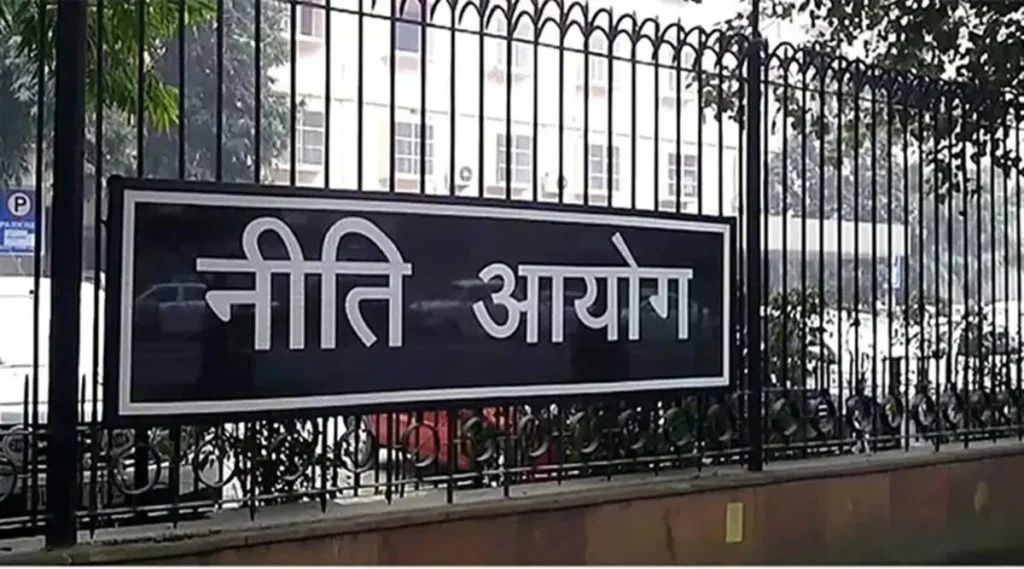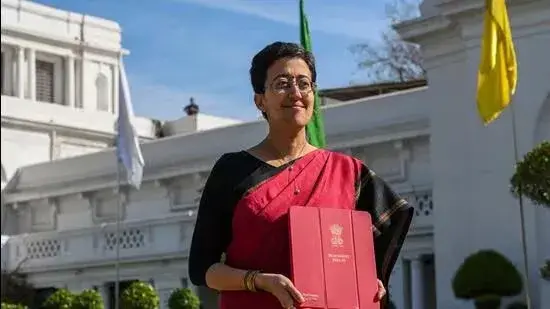NMC Approves 10,650 New MBBS Seats, 41 New Medical Colleges Across India
In a major boost to India’s healthcare education landscape, the National Medical Commission (NMC) has approved 10,650 additional MBBS seats for the 2024–25 academic session, along with the establishment of 41 new medical colleges nationwide. This development aligns with Prime Minister Narendra Modi’s Independence Day 2024 commitment to create 75,000 new medical seats within five years, aimed at strengthening the country’s medical education and healthcare capacity. With these new additions, India now has a total of 816 medical colleges offering approximately 1,37,600 MBBS seats, including those under Institutes of National Importance (INIs). According to Dr. Abhijat Sheth, Chairperson of the NMC, the commission reviewed 170 proposals for seat expansion — 41 from government institutions and 129 from private colleges — ultimately approving the new capacity of 10,650 seats. The commission has also received over 3,500 applications for new and renewed postgraduate (PG) medical seats, with expectations of adding around 5,000 new PG seats, taking the national total to about 67,000. In total, the combined increase in UG and PG medical seats this year is projected to be nearly 15,000. Although the approval and counselling process experienced slight delays, NMC officials have assured that all procedures will conclude as per the designated timelines. A comprehensive blueprint for the upcoming academic year — including schedules for accreditation, examinations, and seat matrix approval — will be released soon. The application portal for 2025–26 is slated to open in early November. In a notable first, all appeals against the Medical Assessment and Rating Board (MARB) decisions were resolved without court intervention, reflecting greater efficiency in regulatory procedures. Dr. Sheth further revealed that the NMC is working to integrate clinical research into the MBBS curriculum through a proposed collaboration with the Indian Council of Medical Research (ICMR). This initiative aims to build stronger research infrastructure and encourage medical students to engage in clinical innovation and applied learning. These reforms represent a transformative step in India’s journey toward enhancing medical education quality, healthcare accessibility, and workforce readiness, in line with the government’s broader vision of a healthier, self-reliant India. Source: Indian Express
NMC Approves 10,650 New MBBS Seats, 41 New Medical Colleges Across India Read More »





